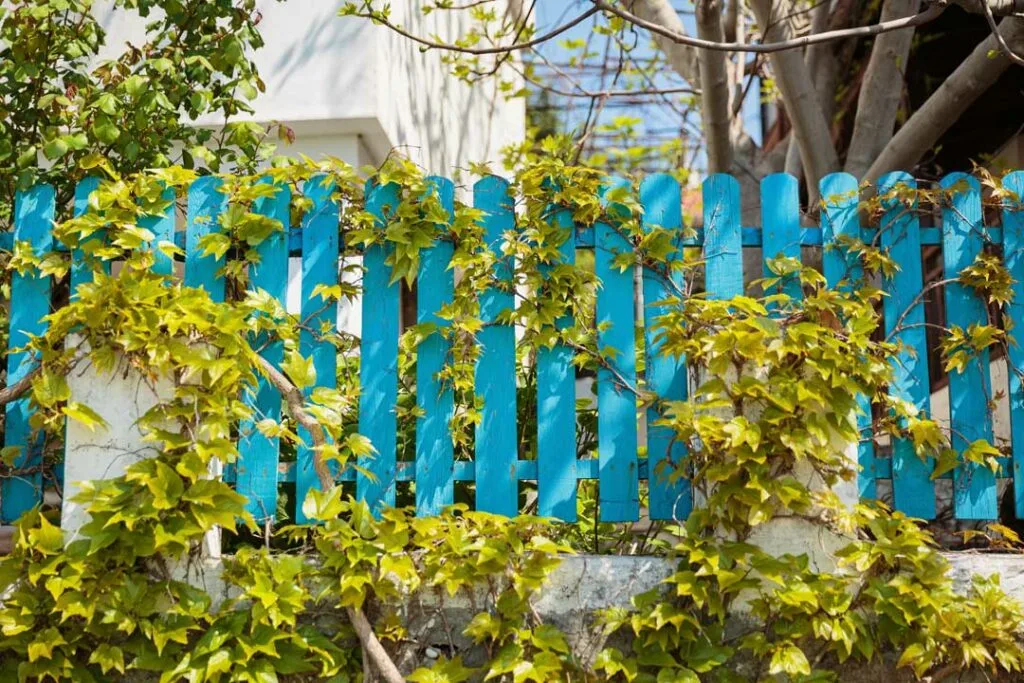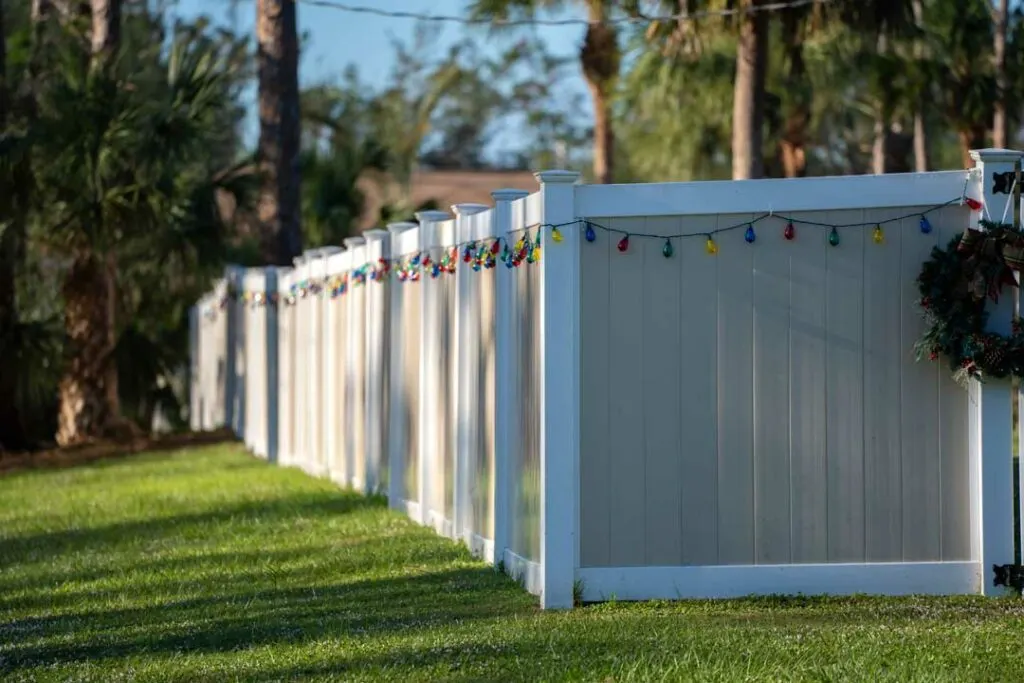Is your fence showing wear and tear? Learn the essential tips to decide between fence repair or replacement with expert guidance!
A sturdy fence adds security and style to your home, but damage and aging can pose tough decisions. Should you repair or replace? This guide to fence repair or replacement breaks down what you need to know to make the best choice.

Fence Repair or Replacement Tips to Save Money and Time
A well-maintained fence enhances property value, provides security, and creates privacy for your outdoor space. However, like any exterior structure, fences eventually show signs of wear and tear that require attention.
According to Gleave Construction, a premier fence contractor in Fort Wayne IN, most residential fences can last 15-25 years with proper maintenance. However, various factors can affect this lifespan, requiring homeowners to make informed decisions about repairs versus replacement.
Signs of Structural Damage
When your fence starts leaning or shows visible warping, it’s time to evaluate its condition carefully. A leaning fence often indicates problems with the posts or foundation that could lead to complete failure.

Posts that show significant rot or structural weakness typically require full replacement rather than repair. If multiple posts are affected, replacing the entire fence section might be more cost-effective than attempting individual repairs.
Weather-Related Issues
Storm damage represents one of the most common reasons for fence replacement. High winds and falling debris can cause extensive damage that goes beyond simple repairs. Multiple damaged panels often indicate systemic weakness in the fence structure. In such cases, replacement becomes necessary to ensure long-term stability and security.
Different climates pose unique challenges for fencing materials, with factors like humidity, temperature extremes, and precipitation playing crucial roles in their durability. In areas with frequent storms, choosing weather-resistant materials such as aluminum or vinyl can significantly reduce the risk of damage, while proper installation techniques, including deeper post settings and reinforced foundations, help maintain structural integrity during severe weather events
Cost Considerations
When patch repairs become frequent, the cumulative cost often exceeds the price of a complete replacement. Multiple separate repair visits add up quickly, especially when factoring in labor costs.

A professional assessment can help determine whether repair or replacement offers better value. Consider both immediate costs and long-term maintenance requirements when making your decision.
Material Deterioration
Wood fences commonly show signs of rot, especially near ground level or in areas with high moisture exposure. Regular contact with damp soil or wet vegetation accelerates deterioration.
Metal fences may develop rust and corrosion, while vinyl can show signs of warping or cracking. These material-specific issues often determine whether repair or replacement is the better option.
Different climatic conditions can significantly impact material longevity and deterioration rates. In coastal areas, salt spray accelerates metal corrosion, while extreme temperature fluctuations can cause vinyl to become brittle and wood to split. Understanding these environmental factors helps homeowners make informed decisions about timing their fence repairs or replacements.
Aesthetic Concerns

Sun-faded colors, flaking paint, and splintered wood not only look unsightly but can indicate deeper structural issues. These visual signs often appear before major structural failures.
While cosmetic issues alone might not necessitate complete replacement, they often coincide with structural problems that make replacement the more practical choice.
Maintenance History
Regular maintenance can significantly extend a fence’s lifespan. However, even well-maintained fences eventually reach a point where repairs no longer provide lasting solutions.
Consider the fence’s age and maintenance history when deciding between repair and replacement. Older fences with minimal maintenance history might benefit more from complete replacement rather than extensive repairs.
Professional Assessment
A thorough inspection can reveal hidden issues that might not be immediately visible. Professional evaluators look for signs of internal rot, foundation problems, and structural weaknesses.

They can provide detailed recommendations based on the fence’s current condition and expected lifespan of repairs versus replacement. This expertise helps homeowners make informed decisions about their investments.
Safety and Security Impact
When your fence no longer provides adequate security or safety, immediate action becomes necessary. A compromised fence can leave your property vulnerable and potentially create liability issues, especially around pools or play areas.
Safety concerns extend beyond visible damage. Even seemingly minor issues can escalate quickly, particularly when the fence serves as a barrier for children or pets.
Budget-Smart Decision Making
The 20% rule provides a practical guideline for fence decisions. When damage exceeds 20% of the total fence area, complete replacement often proves more economical than ongoing repairs.

Consider that repairs typically cost more per section than new installation. Multiple repair visits can quickly surpass the cost of a new fence, especially when dealing with older structures that may need additional repairs soon.
Repair vs. Replace: A Homeowner’s Guide to Fence Decisions
The decision to repair or replace your fence depends on multiple factors, including damage extent, age, and overall condition. Consider both immediate costs and long-term benefits when making your choice.
For an expert evaluation of your fence’s condition and professional guidance on the best course of action, contact a local fence company that can assess your specific situation and provide tailored recommendations. Their experience can help you make the most cost-effective decision for your property.
Most fences last 15-25 years, depending on materials, climate, and maintenance. Wood fences often require earlier replacement than vinyl or metal.
Costs vary by material and size. A professional estimate can help you compare replacement costs with ongoing repair expenses.
Signs include extensive rot, leaning posts, recurring repairs, or damage exceeding 20% of the total fence area.
If damage is limited to a few areas or the fence is relatively new, repair may be more cost-effective than full replacement.
Vinyl and aluminum are low-maintenance and weather-resistant, while treated wood offers durability with regular care.

Jessi is the creative mind behind The Coffee Mom, a popular blog that combines parenting advice, travel tips, and a love for all things Disney. As a trusted Disney influencer and passionate storyteller, Jessi’s authentic insights and relatable content resonate with readers worldwide.
